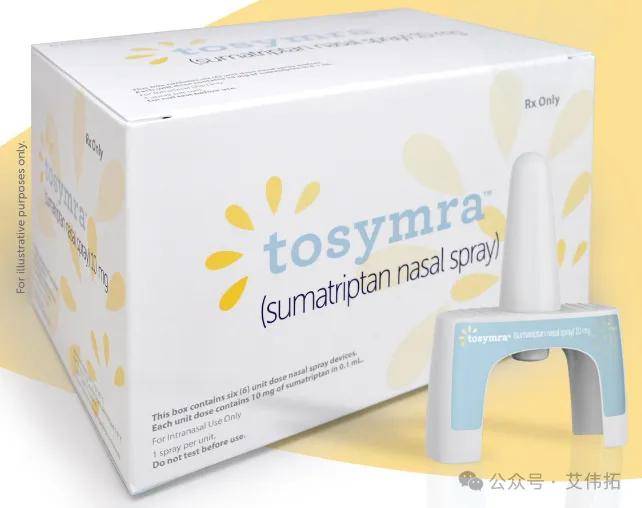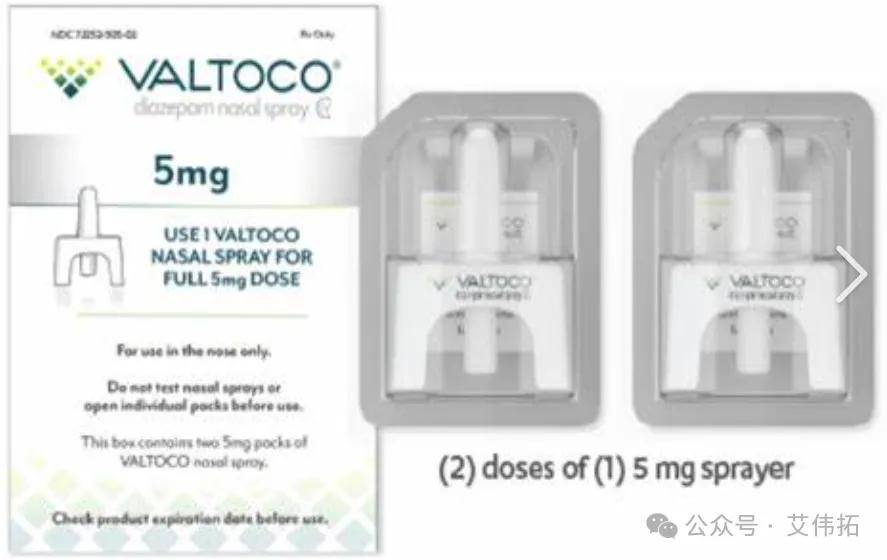August 16, 2024
Tag:
Inhaled preparations refer to liquid or solid preparations in which the raw drug is dissolved or dispersed in a suitable medium and delivered to the lungs in the form of aerosols or vapors to exert local or systemic effects. According to the type of preparation, inhalation preparations mainly include inhalation aerosols, inhalation powder aerosols, inhalation sprays, inhalation liquid preparations and transformable vapor preparations. According to the route of administration, it can be divided into oral inhalation preparations and nasal inhalation preparations.
In this issue, the Apex product team brings you two cases of new nasal spray preparations to share.
01
Advantages of nasal spray preparations
In recent years, as a new method of drug delivery, nasal spray has received more and more attention in the field of innovative drugs and improvement. The advantages of nasal spray are mainly reflected in:
Rapid drug action: Compared with the traditional oral and injection drug delivery routes, the active substance of the nasal spray can be absorbed directly through the nose very quickly, enter the blood circulation or directly act on the local nasal cavity, so as to achieve rapid effect.
② Avoid liver first pass effect: through nasal injection, the drug can bypass the digestive process of the gastrointestinal tract and directly enter the blood circulation, thereby avoiding the liver first pass effect, reducing the metabolic loss of the drug in the liver, and improving the bioavailability of the drug.
③ Improve patient acceptance and compliance: nasal spray administration is non-invasive, easier and more comfortable than injection administration, and there is no need to go to medical institutions regularly, improving patient compliance.
It can be used for the treatment of central nervous system diseases: nasal spray has a high bioavailability to the central nervous system, which can overcome the limitations of the blood-brain barrier and achieve effective treatment of brain and central nervous system diseases.
⑤ Diversified indications: nasal injection is not only suitable for the treatment of local diseases of the nasal cavity, such as allergic rhinitis, nasal congestion, etc., but also can be extended to the field of systemic treatment, such as migraine, osteoporosis, nausea, depression, epilepsy and other central nervous system diseases.
02 -- Case Study
Sumatriptan nasal Spray (Tosymra)
As a revolutionary drug in the treatment of migraine, triptans can selectively activate the 5HT1B/1D receptor, which can act as a treatment for migraine through a variety of pathways.
Traditionally, Sumatriptan is administered orally or intravenously. However, oral administration often takes more than 2 hours to take effect, and patients who experience nausea and vomiting may have difficulty tolerating oral formulations.
Although intravenous administration can be effective within 10 minutes, it requires professional medical equipment and personnel to operate, which is not only complicated, but also limits the freedom of movement of patients.
In contrast, Sumatriptan nasal spray (Tosymra) is administered intranasally and can be administered by the patient without the assistance of a medical professional, greatly increasing the convenience of medication. In terms of onset time, Sumatriptan nasal spray can significantly reduce headache within 15 minutes, and more than 70% of patients can return to normal life and work after 2 hours, which is comparable to intravenous administration.
In 2019, the US FDA officially approved Tosymra (Sumatriptan nasal spray, 10mg) for the continued treatment of adult migraine (with or without aura). To provide a new treatment option for migraine patients in the region.

Image from the Internet, if infringement, please contact delete
Prescription information for Tosymra (Sumatriptan nasal spray, 10mg) is as follows:
Every 100 ul of TOSYMRA contains 10 mg of a single dose of sumatriptan in aqueous solution containing citric acid monohydrate, N-dodecyl β-D-maltoside, potassium dihydrogen phosphate, sodium chloride, and anhydrous disodium hydrogen phosphate.
The pH range of the solution is about 5.0 ~ 6.0, and the osmotic pressure is between 270 ~ 330 mOsmol.
03 -- Cases
Diazepa* nasal Spray (VALTOCO ®)
In June 2023, Kangzhe Pharmaceutical announced that the New Drug Marketing Authorization application (NDA) for Diazepa* nasal spray has been approved by the State Food and Drug Administration, which is the first Diazepa* nasal spray in China for the acute treatment of cluster epileptic seizures/acute recurrent epileptic seizures in children and adult epilepsy patients aged six and above. The drug has been approved for marketing in the United States in 2020.
Clinical studies have shown that the median time between administration of the nasal spray and termination of seizures is 4 minutes. Diazepa* nasal spray is the first drug approved for cluster seizures in China to meet the clinical needs for acute treatment of cluster seizures in domestic epilepsy patients.
It is estimated that there are about 6.4 million patients with active epilepsy in China, about 300,000 new patients every year, and about 3 million patients with active epilepsy have not received reasonable treatment.

Image from the Internet, if infringement, please contact delete
Prescription information for Diazepa* nasal spray (VALTOCO ®) is as follows:
Inactive ingredients in VALTOCO nasal spray include benzyl alcohol (10.5 mg per 0.1 mL), anhydrous ethanol, n-dodecyl β-D-maltoside and vitamin e. VALTOCO nasal Spray is a light amber clear liquid.
04
Introduction to Intravail® technology platform
Comparing the prescriptions of the two nasal spray preparations, it is not difficult to find that N-dodecyl β-D-maltoside, a relatively rare excipient, is added to both of them. This is because both nasal spray formulations use the Intravail® technology platform.
Intranasal administration may present challenges related to lack of absorption and bioavailability and damage to mucosal tissue. To address these problems, potential absorption promoters, which are usually non-irritating to nasal mucosal tissue, have been investigated as excipients for intranasal formulations. The most studied of these are alkyl sugars, which consist of sugars covalently coupled to at least one alkyl chain. Alkyl sugars have been shown to be non-toxic and have been used as emulsifiers in foods.
In clinical trials, alkyl sugar excipients have been shown to significantly increase the absorption of therapeutic agents on the mucosa and have been shown to be suitable for various types of molecules and molecular weights. Since alkyl sugar excipients are soluble in water and oil, they can be used in both hydrophilic and hydrophobic drugs. They are also effective in safe and stable protein therapy. An example of an alkyl sugar excipient is dodecyl maltoside, which provides absorption enhancement through both intracellular and transcellular pathways and has been shown to be generally non-irritating to the nose. Dodecyl maltoside is also tested in nasal sprays with other drugs to improve the absorption rate or bioavailability of these drugs.
For further information on Intravail® technology platform, the Aalto product team will bring you more details in the next tweet in this series, so stay tuned!
Aivito launches dodecyl-β-D-maltoside to help domestic enterprises develop new nasal spray preparations!
Product information
1. Product name: dodecyl-β-D-maltoside
2. English name: n-Dodecyl-Beta-D-Maltoside
3. CAS number: 69227-93-6
4. Molecular formula: C24H46O11
5. Purity: > 99%
6. Moisture: less than 1%


Contact Us
Tel: (+86) 400 610 1188
WhatsApp/Telegram/Wechat: +86 13621645194
Follow Us:




 Pharma Sources Insight January 2025
Pharma Sources Insight January 2025


